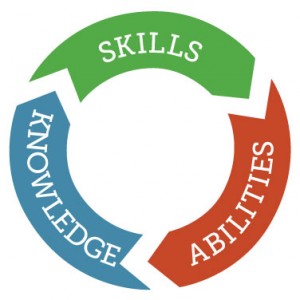Session 6
The last session of the module 2
Group Presentations ✌
Group #5
Methodology
Five E
It is an instructional model based on the constructivist approach to learning, which says that learners build or construct new ideas on top of their old ideas.
➤Remember that Five E' can be used with students of all ages
👉Constructivism is a learning strategy that draws on students' existing knowledge, beliefs, and skills. With a constructivist approach, students synthesize new understanding from prior learning and new information.
Group #6
Methodology
Lexical Approach
In language teaching, a set of principles based on the observation that an understanding of words and word combinations (chunks) is the primary method of learning a language.
Group #7
Methodology
Task Based Instruction (TBI)
Task-based instruction aims to provide learners with a natural context for language use.
Group # 8
Methodology
Content Based Instruction (CBI)
What are some advantages of content-based instruction?
for example;
It can make learning a language more interesting and motivating.
CBI is very popular among EAP (English for Academic Purposes) teachers as it helps students to develop valuable study skills such as note taking, summarising and extracting key information from texts.
CBI is built on the principles of communicative language teaching.


























